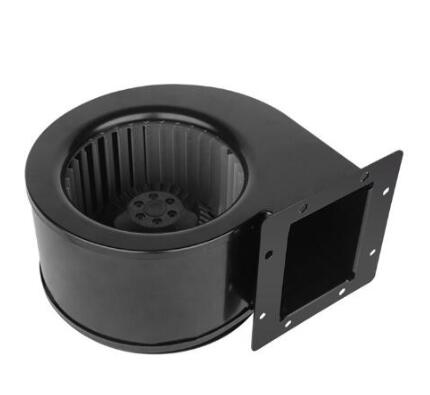The Dynamics of Control: Variable Speed and the Advantages for AC Forward-Curved Fans
2023-12-07
Introduction:
In the intricate world of HVAC systems, the quest for energy efficiency and precise control has led to the widespread adoption of variable speed controls, revolutionizing the operation of components like AC forward-curved fans. This exploration delves into the impact of variable speed controls on the operation of forward-curved fans and unveils the multitude of benefits they bring to the realm of heating, ventilation, and air conditioning.
Understanding Variable Speed Controls:
Variable speed controls empower users to adjust the rotational speed of AC forward-curved fans, providing a dynamic response to changing airflow requirements. Unlike fixed-speed fans that operate at a constant speed, variable speed controls allow for modulation and optimization of fan speed based on real-time demand.
Impact on AC Forward-Curved Fans:
1. Energy Efficiency:
One of the primary advantages of variable speed controls is the significant boost in energy efficiency. By adjusting the fan speed to match the current demand, the system avoids unnecessary energy consumption during periods of lower airflow requirements. This adaptability is particularly crucial in situations where ventilation needs vary throughout the day or in response to occupancy changes.
2. Precise Airflow Control:
Variable speed controls provide unparalleled precision in managing airflow rates. This precision allows for fine-tuning the ventilation or air conditioning system, ensuring that the desired airflow is achieved without unnecessary fluctuations.
3. Reduced Noise Levels:
Operating AC forward-curved fans at lower speeds results in reduced noise levels. Variable speed controls offer the flexibility to balance performance with noise considerations, making them suitable for applications where quiet operation is essential, such as in residential or commercial spaces.
4. Extended Lifespan of Components:
The ability to operate at lower speeds and adapt to varying conditions contributes to reduced wear and tear on fan components. This extended lifespan is a direct result of the decreased stress on the motor and other moving parts, ultimately enhancing the reliability and longevity of the AC forward-curved fan.
5. Improved System Stability:
Variable speed controls allow for a more stable and controlled operation of the entire HVAC system. By preventing abrupt changes in airflow and reducing the chances of system overloads, variable speed controls contribute to improved stability and reliability.
6. Optimized Heat Exchange:
In heating or cooling applications, the ability to adjust fan speed enables optimized heat exchange processes. This fine control over airflow is particularly beneficial in scenarios where maintaining precise temperature conditions is critical.
7. Adaptability to Variable Air Volume (VAV) Systems:
AC forward-curved fans with variable speed controls seamlessly integrate with Variable Air Volume (VAV) systems. This adaptability enables the system to respond dynamically to changes in air demand, optimizing energy consumption and ensuring consistent performance.
8. Enhanced Comfort and Air Quality:
Variable speed controls contribute to a more comfortable indoor environment by allowing for precise control over temperature and ventilation. This adaptability is especially crucial in spaces where occupant comfort and air quality are paramount.
Conclusion:
In the ever-evolving landscape of HVAC technology, the integration of variable speed controls with AC forward-curved fans marks a significant leap forward. The benefits derived from enhanced energy efficiency, precise control, and improved system stability contribute to the overall sustainability and effectiveness of heating, ventilation, and air conditioning systems. As the industry continues to prioritize efficiency and adaptability, variable speed controls emerge as a cornerstone technology, reshaping the way AC forward-curved fans operate and enhancing their role in creating comfortable and energy-efficient indoor environments.



